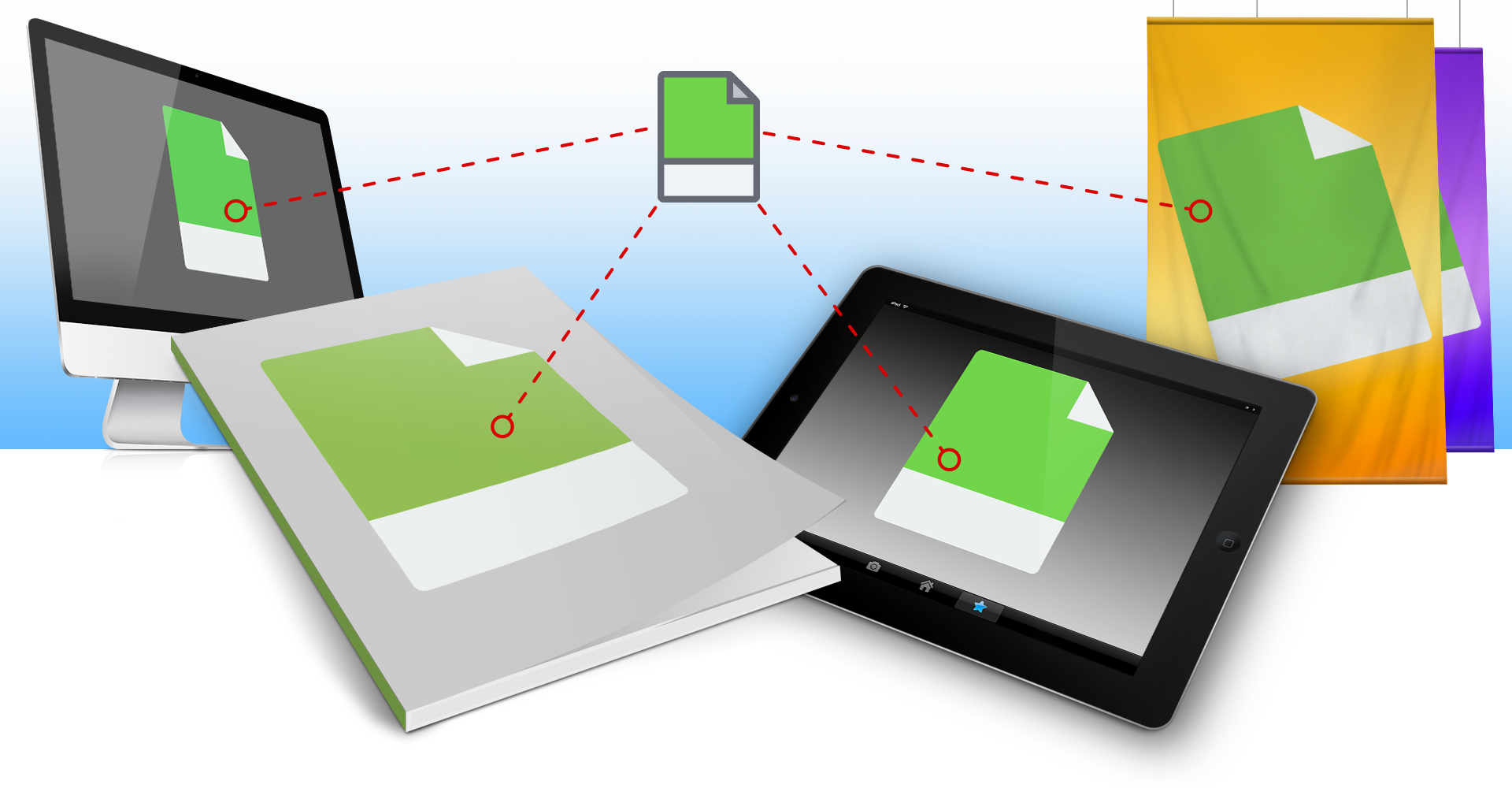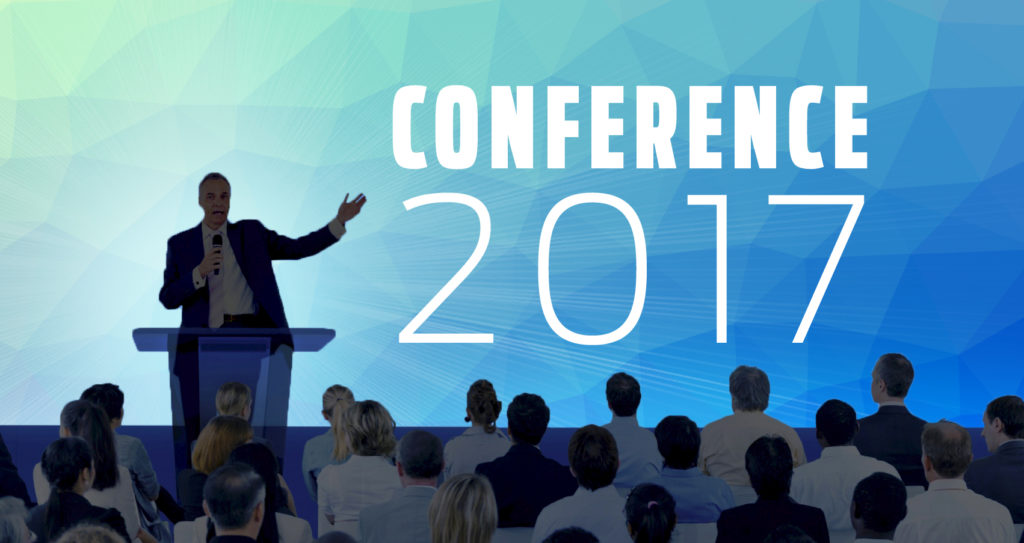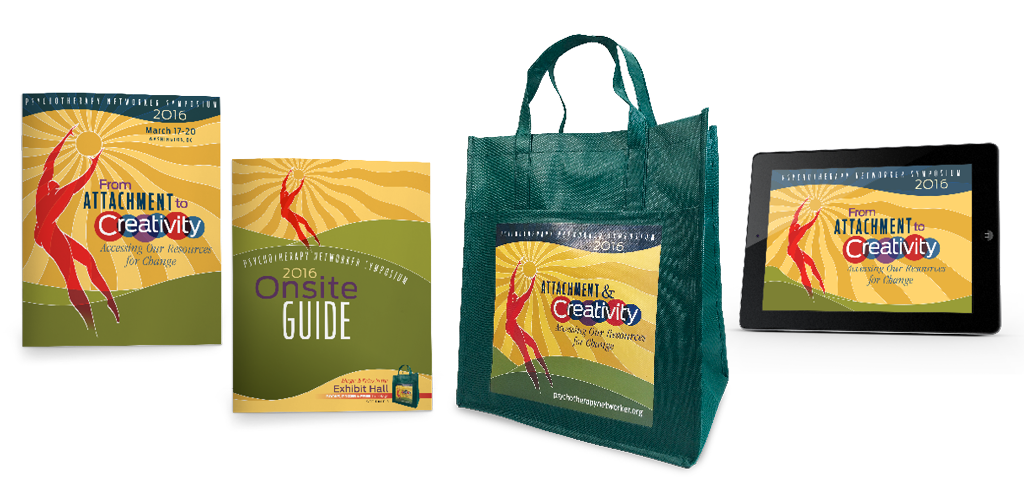Once upon a time, there was a wonderful organization that did great things. To get noticed, they spent a lot of money with a world-renowned design firm that rebranded them and gave them pretty, new colors to use on all their identity and marketing materials. The organization wanted to spread the word, so they planned a large event and invited everyone to attend. But on the big day, not a single item they produced for the event matched! Everywhere they looked, their brand colors were different, and their celebration was ruined….
This sad tale may sound dramatic, but it’s true. Frustrated with vendors who, in their minds, reproduced their new brand identity “incorrectly”, this group contacted us for a brand audit to determine what went wrong. Our conclusion? The problem wasn’t the vendors; it was the colors. Specifically, no one had considered:
• in what applications the colors would be used;
• how and on what substrates the colors would be reproduced; or
• the client’s expectations for color consistency.
Recently, we discussed color modes and how they are used in graphic design. Attention to these basic principles would have prevented this costly error, so let’s take a closer look at how to choose and use color palettes.
Problem Palettes
At one time, designers were also production artists who had a fundamental understanding of how color was reproduced in print. As our deliverables have moved toward onscreen solutions, traditional means of color selection have given way to some extent to “pins” and online “themes”. More designers seem to be both relying on their software tools to define color and assuming that the resulting formula is the right one for whatever use is required; after all, Photoshop says so. While there is nothing wrong with finding inspiration beyond our Pantone® guides, depending solely on software-generated RGB or Hex formulas is a recipe for disaster when designing for cross-channel applications.
In our example, the new brand colors had to be reproduced in numerous applications: e.g., corporate stationery; direct mail; conference guides; promotional giveaways; exhibits; signage; email marketing; microsites; etc. Unfortunately, the colors seem to have been chosen based on how they performed online only; the client’s former designer did not take into account how each color would translate when:
- printed on coated vs. uncoated stock;
- printed on materials other than paper, such as fabric or vinyl;
- printed with pre-mixed “spot” inks vs. four-color process ink builds;
- output in RGB vs. CMYK color mode;
- output via multiple devices utilizing different technologies;
- viewed on backlit monitors vs. read as a printed piece.
The colors performed exactly as predicted—with dramatic differences in appearance in each of these scenarios—but because no one showed them actual color swatches or other visual samples of what to expect, the client was completely blindsided by the overall lack of consistency and the amount of variation in reproduction.
A single green color may look quite different when printed in spot ink vs. an equivalent build of process inks. Moreover, color also performs differently on coated and uncoated paper.
Too often, a palette is composed of too many colors. In the spectrum, these may be extremely similar to one another, so they become difficult to distinguish when used together—particularly at small scale. For example, a palette of green and blue may work fine, but an additional teal may be very close to either the green or the blue; when a palette like this is used in an actual project, it can look like a printing error or present additional challenges for audiences with color vision deficiencies.
Dever Designs’ Palette Solution
When developing brand palettes for our clients, we make a narrow selection of colors based on all the ways they will be used. This basic palette is fleshed out with a range of values for each hue. Then, we provide 1–2 accent colors for situations that require extra “pop”. In this way, we can achieve greater depth and variety in application without producing a busy, circus-like effect and ensure that the brand will be consistent across all forms of media.
Do you need a truly functional rebrand or brand audit? Call us at 301-776-2812 to start the conversation.





